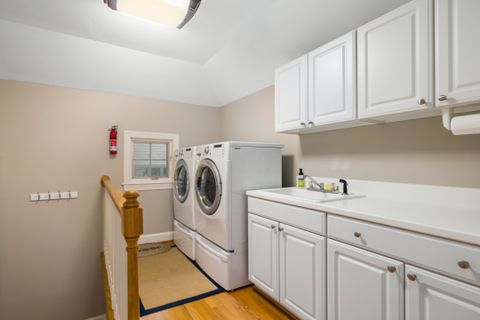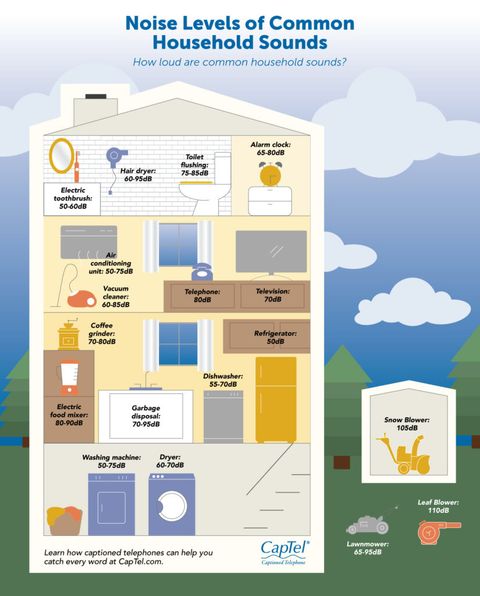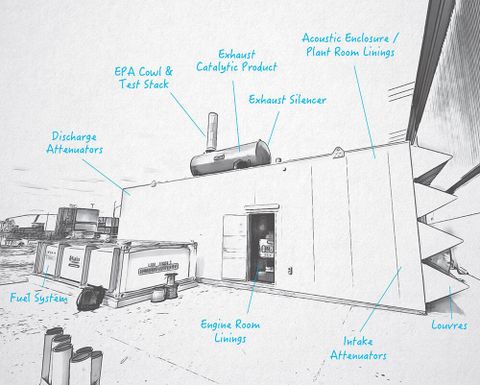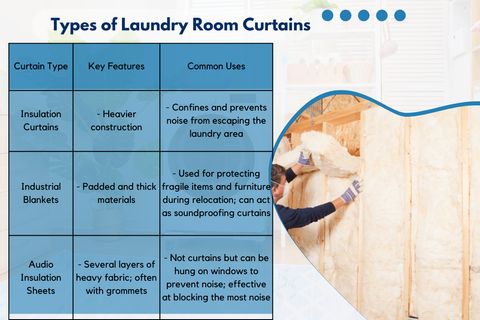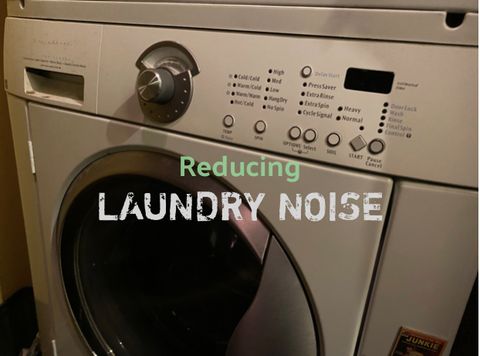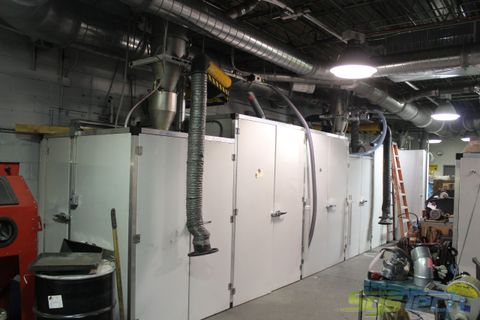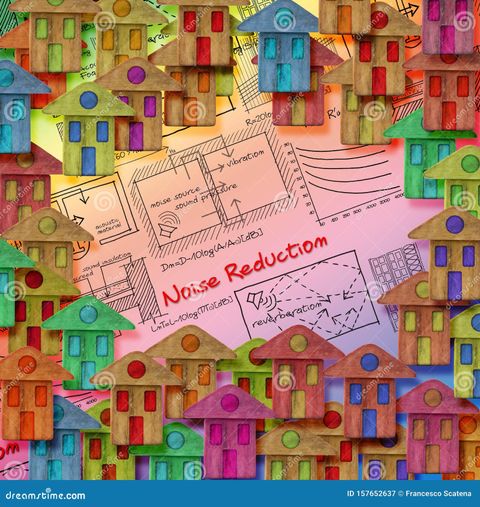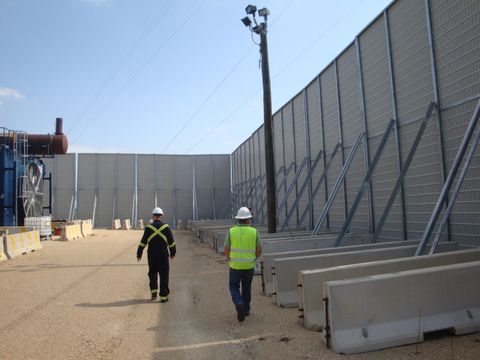Ah, the laundry room. A haven of clean clothes, fresh scents… and often, a surprising amount of noise. For years, I’ve been fascinated by the symphony (or cacophony!) that emanates from this often-overlooked space. It’s not just the hum of the washing machine or the tumble of the dryer; there’s a whole world of sounds that can make your laundry day feel like a percussion concert. Understanding where these noises come from is the first crucial step to reclaiming your peace and quiet.
As someone who’s spent countless hours poking around utility rooms, listening intently to every whir, clunk, and thrum, I can tell you that laundry room noise is far more complex than most people imagine. It’s not just about an old appliance. Often, it’s a combination of factors, from the very mechanics of your machines to the way your room is constructed. Think about it: you’ve got heavy machinery, water rushing through pipes, and air being moved around at high speeds. It’s a recipe for a noisy environment, but it doesn’t have to be a permanent fixture in your home.
The Usual Suspects: Appliance-Generated Noise
Let’s begin with the obvious: the appliances themselves. Your washing machine and dryer are the primary noise producers, and for good reason. They’re doing a lot of work!
Washing Machine Woes
- Unbalanced Loads: This is perhaps the most common culprit. When your laundry is unevenly distributed in the drum, the machine can vibrate violently during the spin cycle, creating a loud thumping or banging sound. It sounds like a runaway train, doesn’t it?
- Motor and Belt Issues: Over time, the motor bearings can wear out, leading to a grinding or squealing noise. The drive belt, which connects the motor to the drum, can also become loose or frayed, causing a slapping or chirping sound. It’s a bit like an old car engine that needs some TLC.
- Pump Problems: The drain pump ensures water leaves the machine. If it’s clogged with lint or a small item, or if the pump itself is failing, you might hear a loud buzzing or humming during the drain cycle. Sometimes, it’s just a loose coin rattling around in there!
- Suspension System Failure: Washers have springs and shock absorbers to keep the drum stable. If these components weaken or break, the machine will shake excessively, generating significant noise.
Dryer Din
- Worn Drum Rollers or Bearings: These components help the dryer drum spin smoothly. When they wear out, you’ll hear a distinct squeaking or grinding sound as the drum rotates. It’s a bit like a rusty gate.
- Loose Blower Wheel: The blower wheel moves air through the dryer. If it becomes loose or gets something stuck in it, it can create a thumping or rattling noise. Sometimes, a rogue sock is the cause of all the ruckus.
- Motor Hum: Similar to the washer, the dryer’s motor can develop a loud hum if its bearings are failing. It’s a deeper, more constant sound.
- Idler Pulley: This part maintains tension on the dryer belt. If it’s worn, you might hear a chirping or squealing noise.
Beyond the Box: Plumbing and Water-Related Noises
It’s not all about the machines. The water supply and drainage systems in your laundry room can also be significant sources of noise. Many people overlook these, but they’re just as important.
- Water Hammer: This is a classic. When water flowing rapidly through pipes is suddenly shut off (like when the washing machine’s fill valve closes), the momentum can cause the water to bang against the pipe walls. It sounds like someone hitting the pipes with a hammer, hence the name. This can be quite jolting and unnerving.
- Vibrating Pipes: Loose pipes that aren’t properly secured to the studs can vibrate and rattle against walls or other surfaces when water flows through them. This often happens with older plumbing systems.
- Drainage Gurgles: If your drain is partially clogged or improperly vented, you might hear gurgling or sucking sounds as the water drains from the washer. It’s a sign that the water isn’t flowing smoothly.
- High Water Pressure: Excessive water pressure can lead to increased noise in pipes and appliances, causing them to work harder and creating more turbulence. Sometimes, a simple pressure regulator can make a world of difference.
The Room Itself: Structural and Environmental Factors
Sometimes, the noise isn’t coming from the appliances or the pipes directly, but from the way the sound interacts with the room’s structure and materials. This is where things get a bit more subtle, but no less impactful.
- Vibration Transmission: Even if your appliances are running smoothly, their vibrations can travel through the floor, walls, and even the ceiling, amplifying the noise throughout your home. Concrete floors can transmit more sound than softer surfaces.
- Lack of Soundproofing: Many laundry rooms are small, enclosed spaces with hard, reflective surfaces like tile floors and painted drywall. These materials don’t absorb sound well, causing echoes and making the room feel louder than it actually is. It’s like shouting in an empty hall.
- Loose Flooring or Joists: If your laundry room floor isn’t perfectly level or if the joists beneath are loose, the vibrations from the appliances can cause the floor itself to creak, groan, or amplify the noise.
- Proximity to Living Areas: A laundry room located next to a bedroom or living room will naturally be a bigger noise concern than one tucked away in a basement. The closer it is, the more noticeable the sounds will be, especially during quiet hours.
The Unseen Culprits: External Factors and Installation Errors
Sometimes, the source of the noise isn’t immediately obvious and might stem from how the appliances were installed or even external conditions. It’s the kind of thing you only discover after ruling out everything else.
- Improper Leveling: This is a big one, and often overlooked. If your washer or dryer isn’t perfectly level, it will wobble and vibrate excessively, especially during high-speed cycles. Even a slight tilt can make a huge difference in noise output. It’s a simple fix, but often missed.
- Inadequate Venting (Dryer): A clogged or kinked dryer vent can restrict airflow, causing the dryer to work harder and potentially overheat, leading to increased motor noise or even rattling as the internal components strain. It’s not just a fire hazard; it’s a noise hazard too.
- Loose Connections: Over time, hoses, electrical cords, and even mounting bolts can become loose, leading to rattling or buzzing sounds. A quick check and tightening can often resolve these minor but annoying noises.
- Foreign Objects: It sounds silly, but sometimes a small item – a coin, a button, a pet toy – can get lodged in the drum or behind a panel, creating a persistent rattling or thumping noise. I’ve seen it happen more times than I can count.
Diagnosing the Din: How to Pinpoint the Problem
Now that we’ve explored the potential sources, how do you figure out exactly what’s causing your laundry room racket? It’s a bit like being a detective, listening for clues.
- Listen Actively: Pay close attention to when the noise occurs. Is it during the fill cycle, the wash, the spin, or the drain? Does it happen when the dryer starts, tumbles, or cools down? This timing is a critical clue.
- Isolate the Appliance: If you have both a washer and dryer, try running them one at a time. This will help you determine which appliance is the primary noise offender.
- Check for Leveling: Use a spirit level on top of both your washer and dryer. Adjust the leveling feet until they are perfectly stable and even. This simple step often solves a lot of vibration issues.
- Inspect Internals (Carefully!): With the appliances unplugged, carefully inspect the drums for foreign objects. For dryers, check the lint trap and the vent hose for blockages. If you’re comfortable, you can even remove the back panel (after unplugging!) to look for loose belts or worn pulleys. If you’re not sure, it’s always best to call a professional.
- Observe Plumbing: Watch and listen to your pipes when water is flowing. Look for any loose sections or signs of water hammer. Sometimes, a temporary reduction in water pressure can help diagnose if pressure is the issue.
Actionable Steps: Quieting Your Laundry Space
Once you’ve identified the source, it’s time to take action. Even small changes can make a significant difference in reducing laundry room noise.
- Balance Loads: For washing machines, always try to distribute clothes evenly in the drum. Avoid overloading, as this can also lead to imbalance.
- Level Your Machines: As mentioned, this is a fundamental step. Ensure all four feet are firmly on the ground and the machine doesn’t rock.
- Anti-Vibration Pads: Place rubber or foam anti-vibration pads under your washer and dryer. These absorb vibrations and prevent them from transferring to the floor.
- Soundproofing Materials: Consider adding sound-absorbing panels to the walls, or even replacing a hollow core door with a solid one. Heavy curtains or rugs can also help dampen sound.
- Secure Loose Pipes: Use pipe clamps or foam insulation to secure any loose pipes, preventing them from rattling against walls or joists.
- Maintain Your Appliances: Regularly clean lint traps, check hoses for kinks, and schedule professional maintenance if you suspect a mechanical issue. Prevention is often the best cure.
- Address Water Hammer: If water hammer is a problem, a plumber can install water hammer arrestors, which absorb the shock of sudden water stops. This can make a huge difference.
Understanding the sources of laundry room noise is more than just a technical exercise; it’s about improving your home environment and reducing unnecessary stress. By systematically investigating the sounds you hear, from the hum of the motor to the gurgle of the drain, you can pinpoint the exact problem and implement effective solutions. It’s amazing how much quieter your home can become with a few targeted adjustments. So, go forth, become a laundry room noise detective, and reclaim the peace and quiet you deserve. Your ears (and your neighbors) will thank you!

